Sorry, that’s old news…
You’ve found an older news story. We delete stories from our AAP News Feed after two months. But fear not, here’s today’s news!
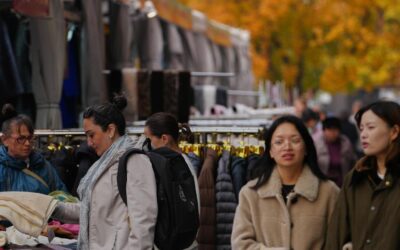
Deflationary pressure eased in China in October but lukewarm domestic demand and geopolitical tensions continue to ...
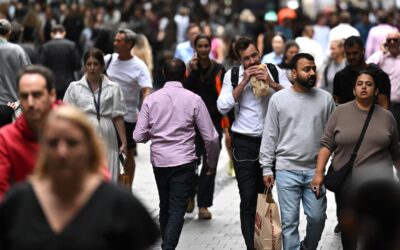
Australia's volatile unemployment rate is expected to tick back down to 4.4 per cent, which would add little ...
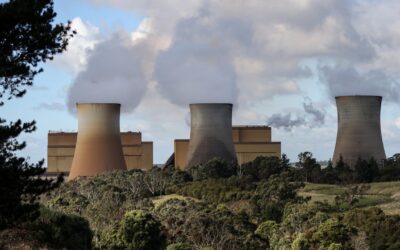
Coal subsidies are on the table under the opposition's long-awaited energy policy as Liberal MPs return to the ...

Global climate talks are taking place in the Amazon - the "lungs of the world" - as political headwinds threaten ...

France's projected wine harvest for this year is 16 per cent below the five-year average.
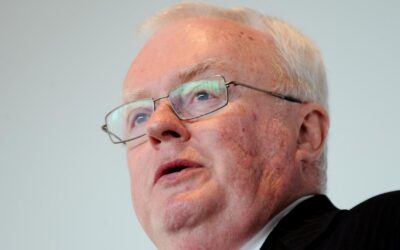
Former Labor senator, powerbroker and media commentator Graham Richardson has died after weeks of battling ...

John Howard warns the Liberals' constant "internal bickering" will stunt their ability to win back the public as ...
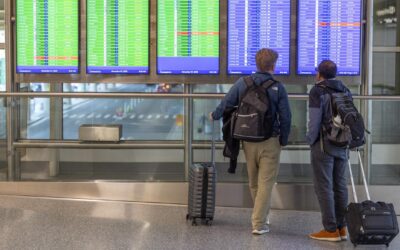
More than 800 flights were called off nationwide amid the US government shutdown.
No results found.
Background image courtesy victoriancollections.net.au